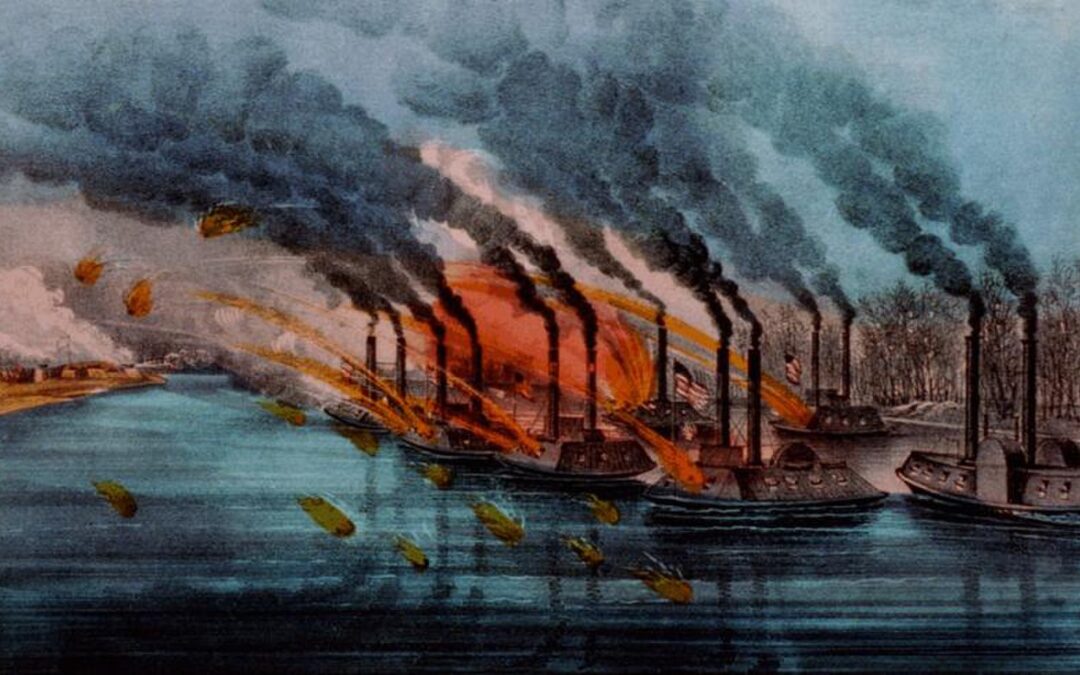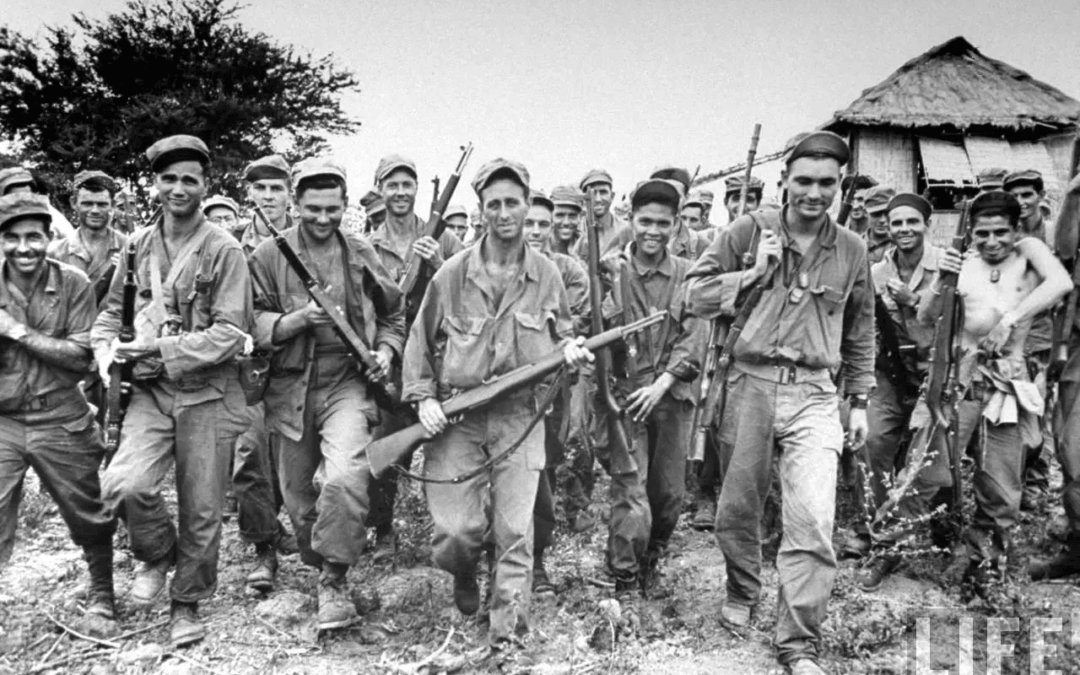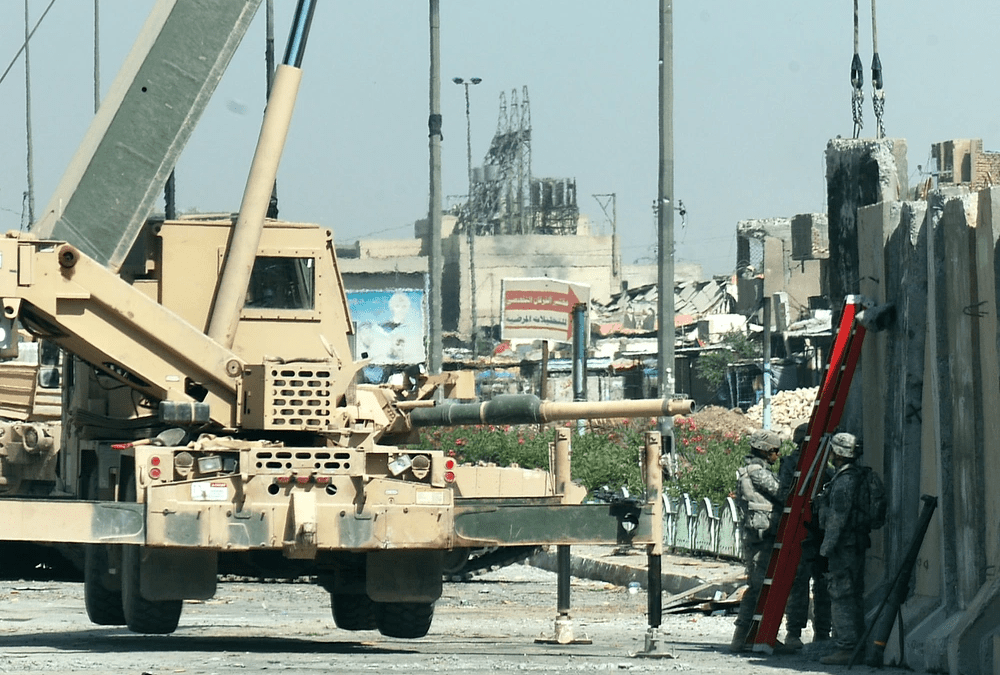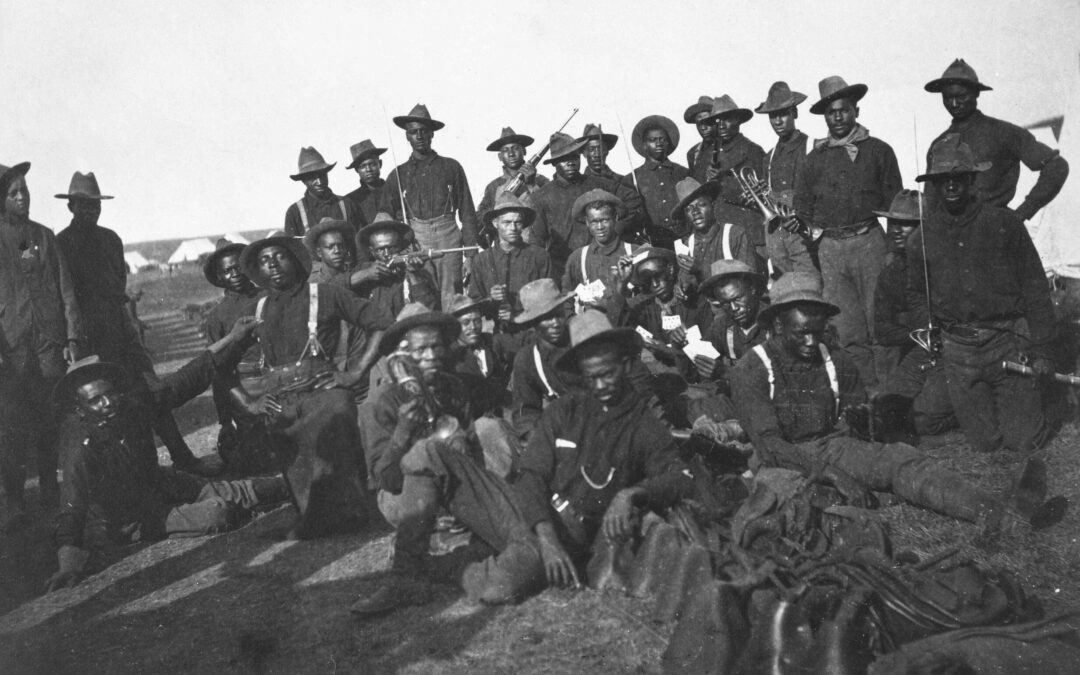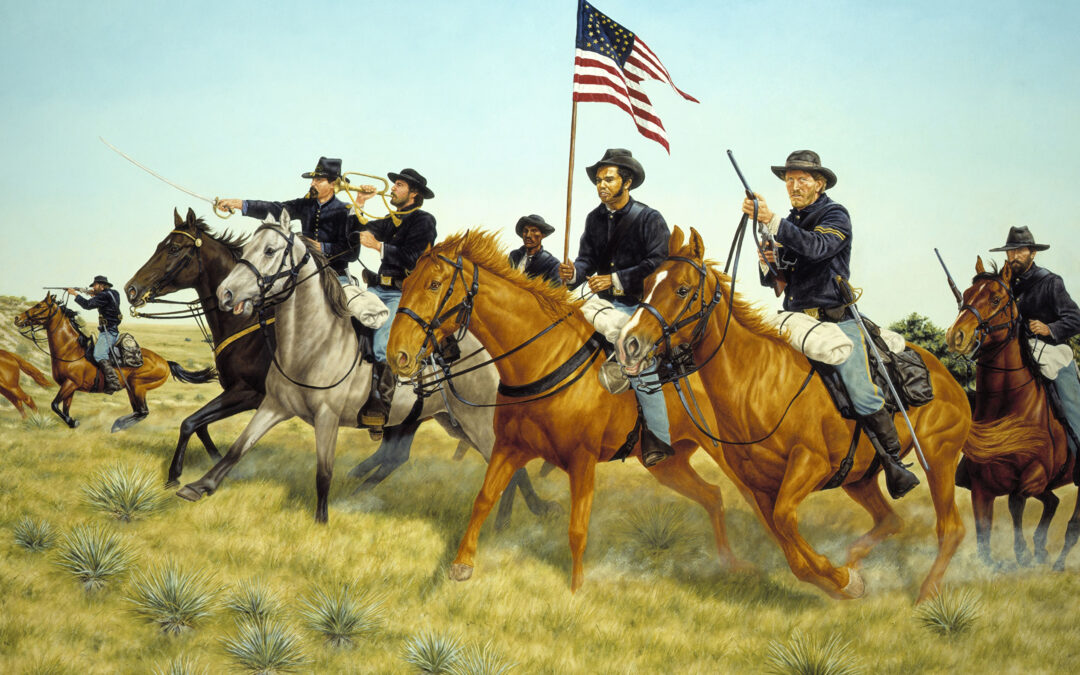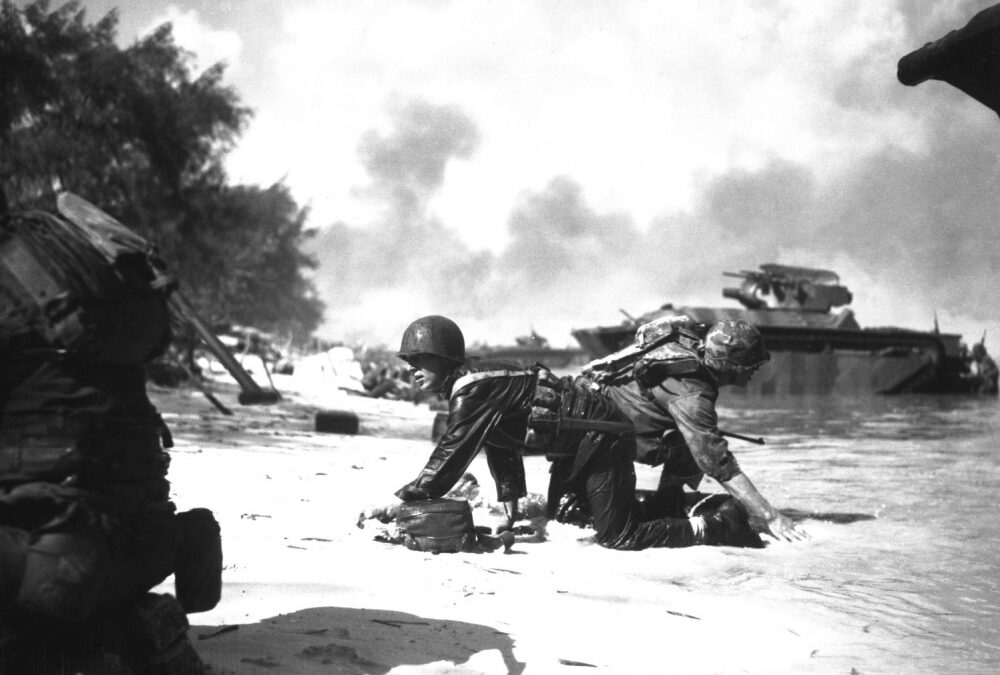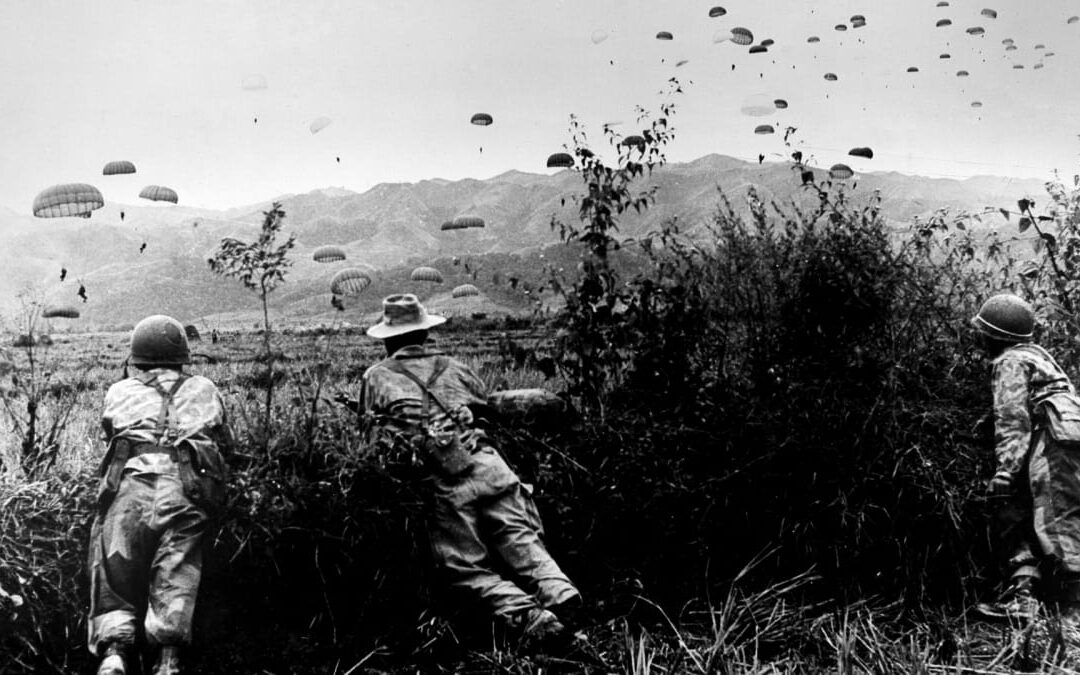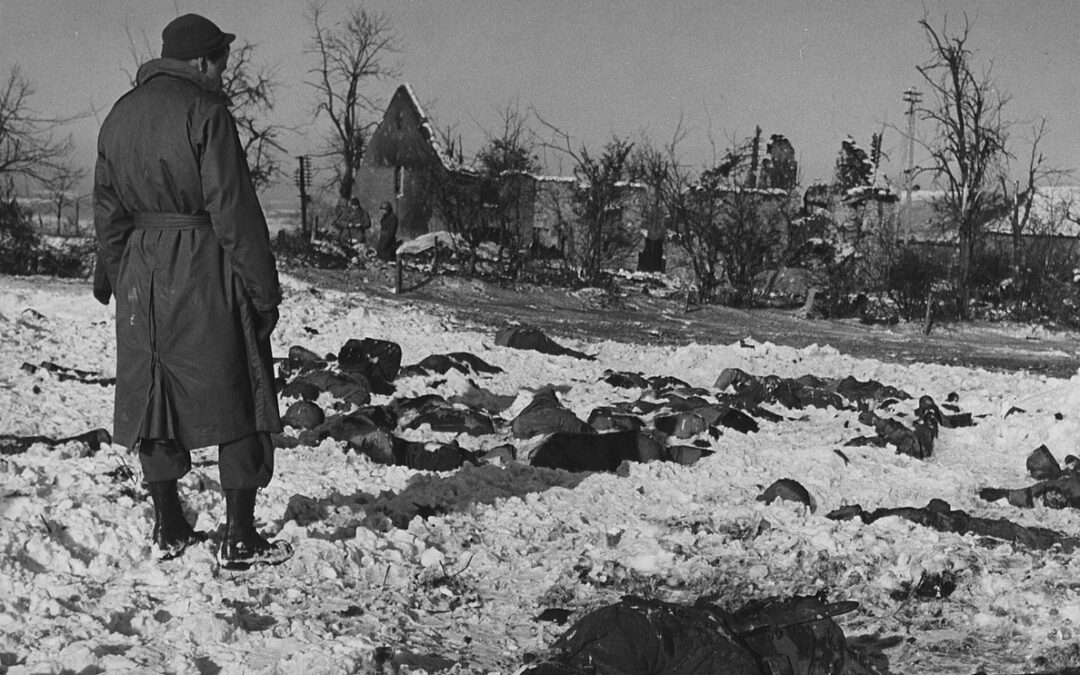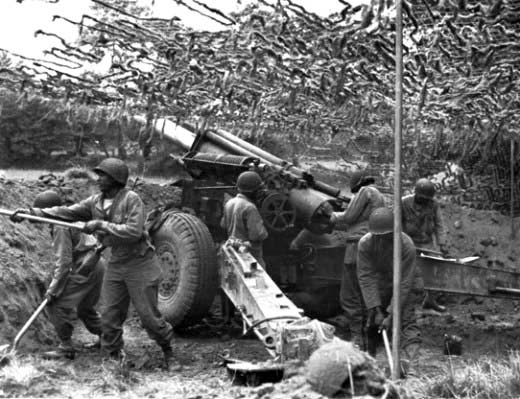When the Civil War broke out in 1861, it started very poorly for the Union Army. Fort Sumter in Charleston Harbor surrendered to the Confederates on April 13. Skirmishes and fights had broken out all over the country, but the major battles like those at Bull Run and Leesburg saw significant Union defeats. The Confederate Invasion of Kentucky Throughout 1861, Virginia was pushing the Federal forces out, Missouri's pro-Confederate State Guard was on the warpath, and the Confederate invasion of Kentucky effectively ended the state's neutrality. In doing so, it provided the Union Army there, led by Brig. Gen. Ulysses S. Grant had the opportunity to turn its fortune around. The Union cause needed a big win, and Grant delivered it at the February 1862 Battle of Fort Henry, Kentucky. Grant Delivered Union Victory at the Battle of Fort Henry, Kentucky The Union's strategy for defeating the Confederate Army required it to gain control of the Mississippi River, splitting the Confederacy in...
